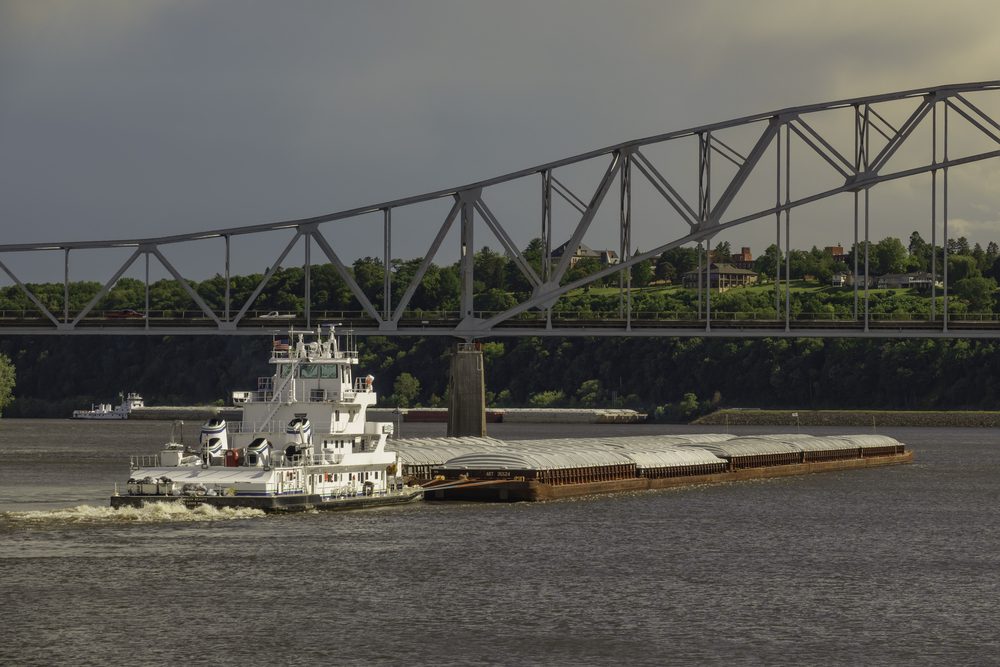File photo of an Alang shipbreaking facility. Via IMO
By Naomi Christie
(Bloomberg) — Scrap yards are preparing for record numbers of freighters as shipping rates tumble to all-time lows.
Owners may demolish 40 million deadweight tons of dry bulk carriers, more than double last year’s total, according to Arctic Securities ASA in Oslo. Rates to ship commodities slumped 66 percent last year amid a glut of capacity, the worst performance since the global recession.
China’s combined imports of iron ore and coal, the market’s biggest cargoes, fell to a two year low last month, according to customs data. The nation last week set its lowest economic growth target in almost a generation, at a time when delivery of new ships will expand the fleet for a 16th consecutive year.
“The decision to scrap a ship is reactive rather than proactive,” Sverre Svenning, the Oslo-based director of research at Fearnley Consultants AS, said by phone March 9. “You decide to scrap a ship once you have had a sufficiently long period of negative earnings and you don’t see a light at the end of the tunnel.”
The Baltic Dry Index, a measure of the cost of moving everything from minerals to grains, reached a record-low 509 points Feb. 18, according to the Baltic Exchange in London. Owners responded by sending more than twice as much shipping capacity for demolition in January and February than they did a year earlier.
The gauge fell 0.9 percent to 560 on March 12.
‘Huge Year’
Accelerated scrapping could help boost shipping rates for owners. Capesizes, the biggest dry bulk vessels tracked by the Baltic Exchange indexes, will earn $16,000 a day on average in 2016, from $12,500 this year, Morgan Stanley estimates.
“It’s going to be a huge year” for scrapping, said Anil Sharma, chief executive officer of GMS Inc., the biggest buyer of vessels for demolition. “Most likely the biggest year for dry bulkers, especially for Capesizes.”
Not all owners are following the trend. Nippon Yusen Kaisha, the biggest Capesize owner, has no plans to accelerate demolitions, Brandon Kitamura, a spokesman for the Tokyo-based company, said March 6. Demand will be boosted by the completion of iron-ore mining projects in Australia and Brazil over the next two years, he said.
Companies may be less willing to get rid of ships because previous demolitions and a surge in deliveries of new vessels mean the fleet is getting younger, according to Nigel Prentis, the head of research at Hartland Shipping Ltd. in London. The average age of the dry bulk fleet at the end of 2011 was 11.4 years, according to Clarkson Plc, the world’s biggest shipbroker. By December that was nine years.
Iron Ore
Ship owners are contending with slowing or contracting trade to China.
China imported 83 million tons of iron ore and coal last month, according to customs data compiled by Bloomberg, a 12 percent decrease from January and the lowest total in two years. The nation’s seaborne coal imports will decrease 2.7 percent to 233 million metric tons this year, according to data from Clarkson. They fell in 2014 for first time in six years.
Global iron-ore shipments will expand 6.4 percent to 1.4 billion tons in 2015, the slowest expansion in three years, according to Clarkson.
Chinese Premier Li Keqiang last week set the nation’s 2015 expansion target at about 7 percent, the weakest pace in more than 15 years.
Slowing growth means less demand for ships and more heading for the scrap yards, centered on Bangladesh, India and Pakistan. Typically, vessels are driven onto beaches and dismantled. In China, the third-largest scrapper, it takes place in docks.
About 73 million deadweight tons of new bulkers will be delivered this year, the most since 2012, according to Braemar ACM, the London-based shipbroker. Those ships were ordered about two years ago and there are signs the surge will slow.
Orders were equal to about 600,000 deadweight tons through February, compared with 62.5 million deadweight throughout 2014, according to Morgan Stanley.
“Starting 2016, you’ll see that improvement materializing in rates,” Erik Stavseth, an analyst at Arctic Securities in Oslo, said by phone March 2. “It’s the combination of scrapping and no new orders which improves market prospects.”
–With assistance from Kiyotaka Matsuda in Tokyo.
Copyright 2015 Bloomberg.

 Join The Club
Join The Club











